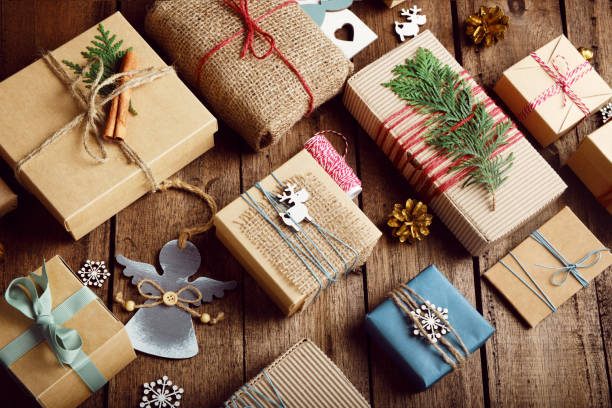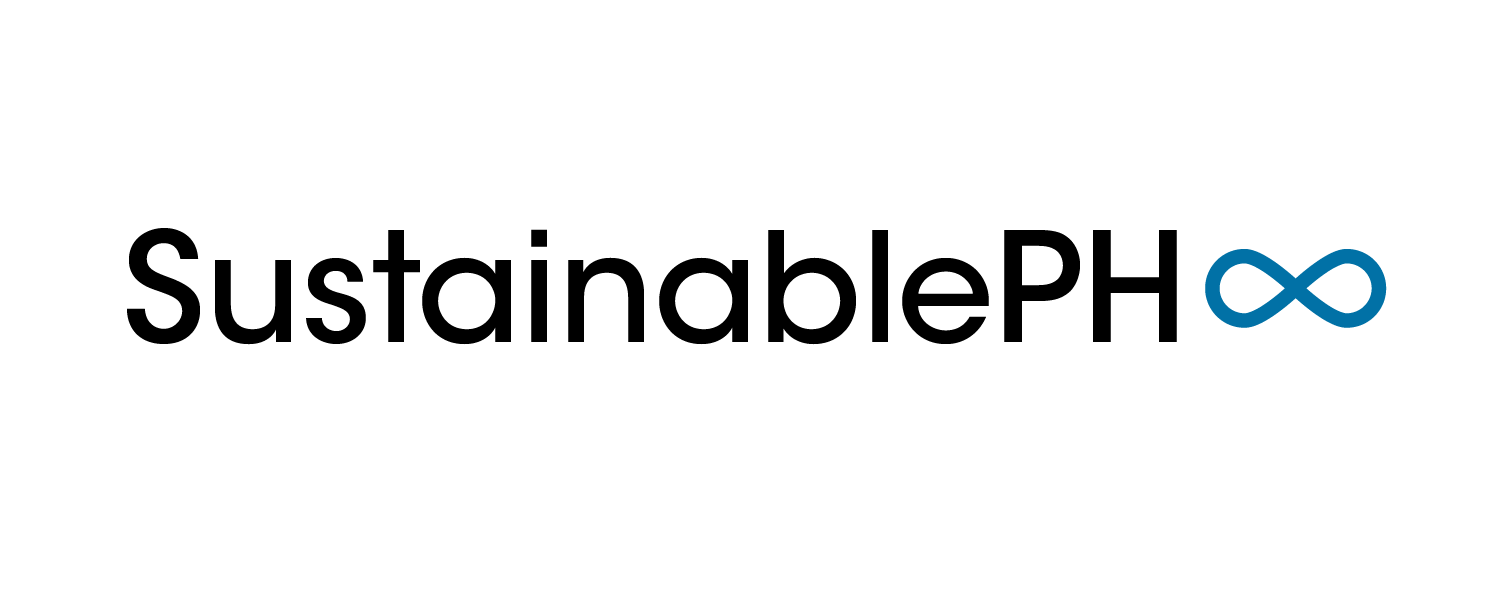
Sustainability this Holiday Season
The Holiday season in the Philippines has been (and still is) described as the longest holiday season in the world, from September 1 to the Sinulog Festival on the third week of January. This is the typical time for lots of presents, lots of food, and lots of cheer… but also for lots of waste, lots of waste, and well, lots more of waste.
In particular, packaging wastes from your giftwrapping, food waste from excess food in parties, wastes coming from discarded items in favor for new ones during the holidays. These contribute to an estimate of more than 21 million tonnes of solid wastes Filipinos throw out this year, and most of them end up in landfills.
As part of the Learn2Lead project to be launched next year, I believe that it is time for Filipinos to be more aware about this, and came up with a mnemonic that you could follow: P-E-A-C-E.
P – ack using recycled or reused materials
A lot of the solid waste that come from the holidays actually comes from Christmas wrapping paper or bags, which may or may not be reusable for next year. Instead of buying a new roll of commercial wrapping paper, consider buying ones that are recyclable, compostable, or even reusable. Recyclable or compostable wrapping may come in the form of boxes or alternative packaging such as from leaves, while reusable packaging to cloth.
E – xperience it more than giving it
Instead of giving a gift, why not give them an opportunity to experience something unique? From a voucher for a dinner for two at a fancy restaurant, to a trip to watch whale sharks or to ride awesome waves, or even catch a concert of their favorite band or group, the Holiday season could be the opportunity to stretch one’s horizons to other places in the country and to the world.
A – im for local quality, and not general quantity
If you do want to give a present this Holiday season, then consider buying locally made products from your local community. Not only are you becoming economically and socially sustainable by buying it from local communities, chances are that the products made by local industries are eco-friendly and contribute to the fight against climate-related impact.
C – heck for credits vs Physical Gifts
With the age of digital transformation and financial technologies (FinTech), ninongs and ninangs may want to consider the use of PayMaya and GCash to send their money to their inaanaks as gifts, or credits on online stores for future use.
E – at and drink responsibly
Apart from material solid waste, food waste ranks as one of the greatest number of wastes generated during the holiday season. This could not only break one’s budget, but also generate high amounts of greenhouse gases emitted if not treated properly. One of the best ways to prevent excess food waste is to properly account for how much a party member would consume for the party and budget accordingly. Another is to set up a backyard compost setup and divert your food waste there instead of to your trash can, thereby reducing waste output at the same time potentially helping your backyard plants grow.
Christmas and New Year are some of the most cherished moments of Filipinos across the world, and it is quite understandable that we may generate more waste than usual during this time of the year. However, we can be more environmentally aware and responsible in celebrating and be more festive.
Have an eco-friendly holiday season!
About Post Author
Author
Jonas Marie Dumdum
Learn2Lead Lecturer, Sustainable PH

Catery
Great content! Keep up the good work!